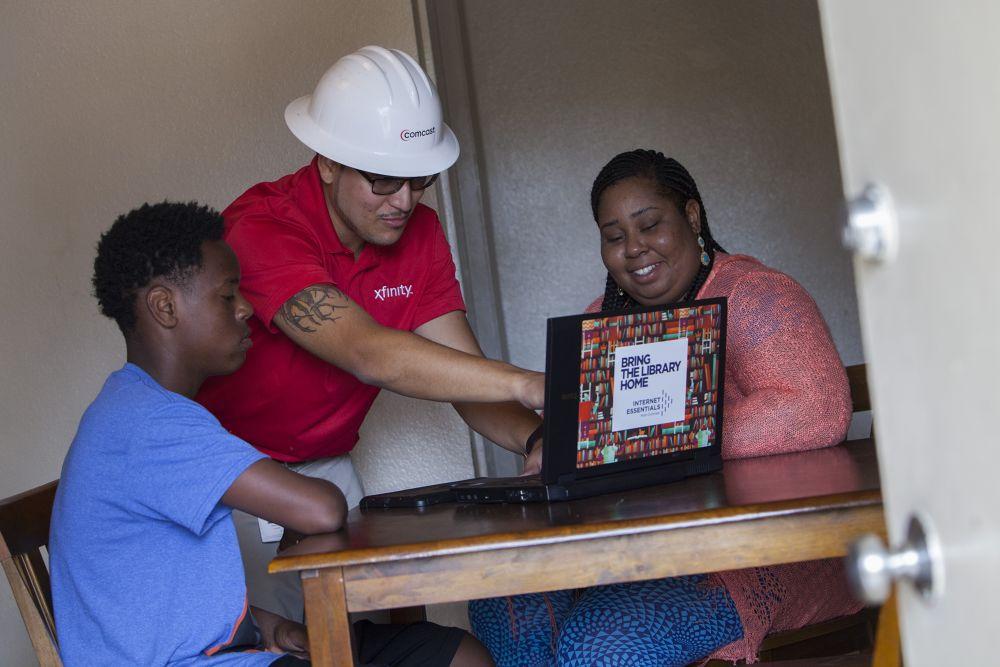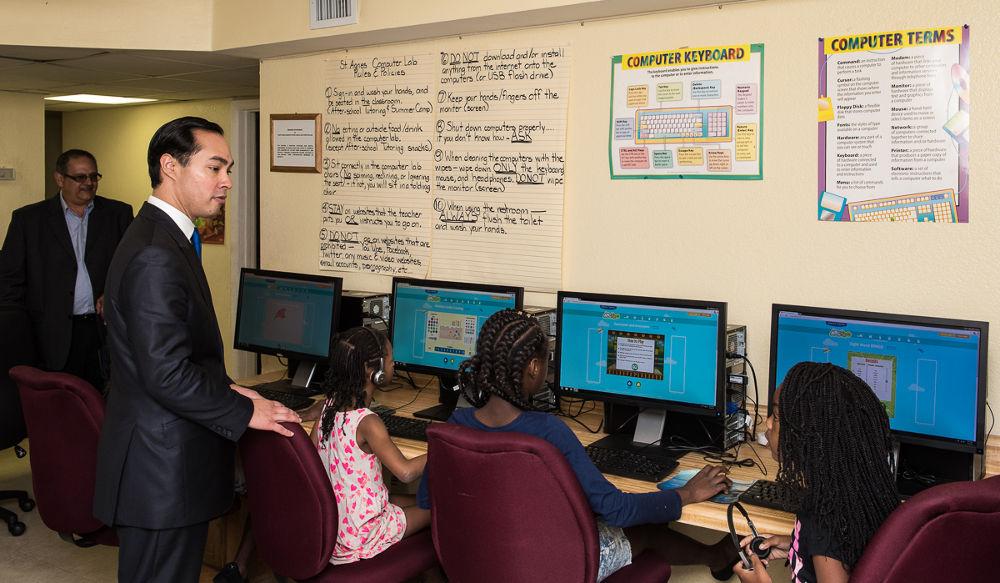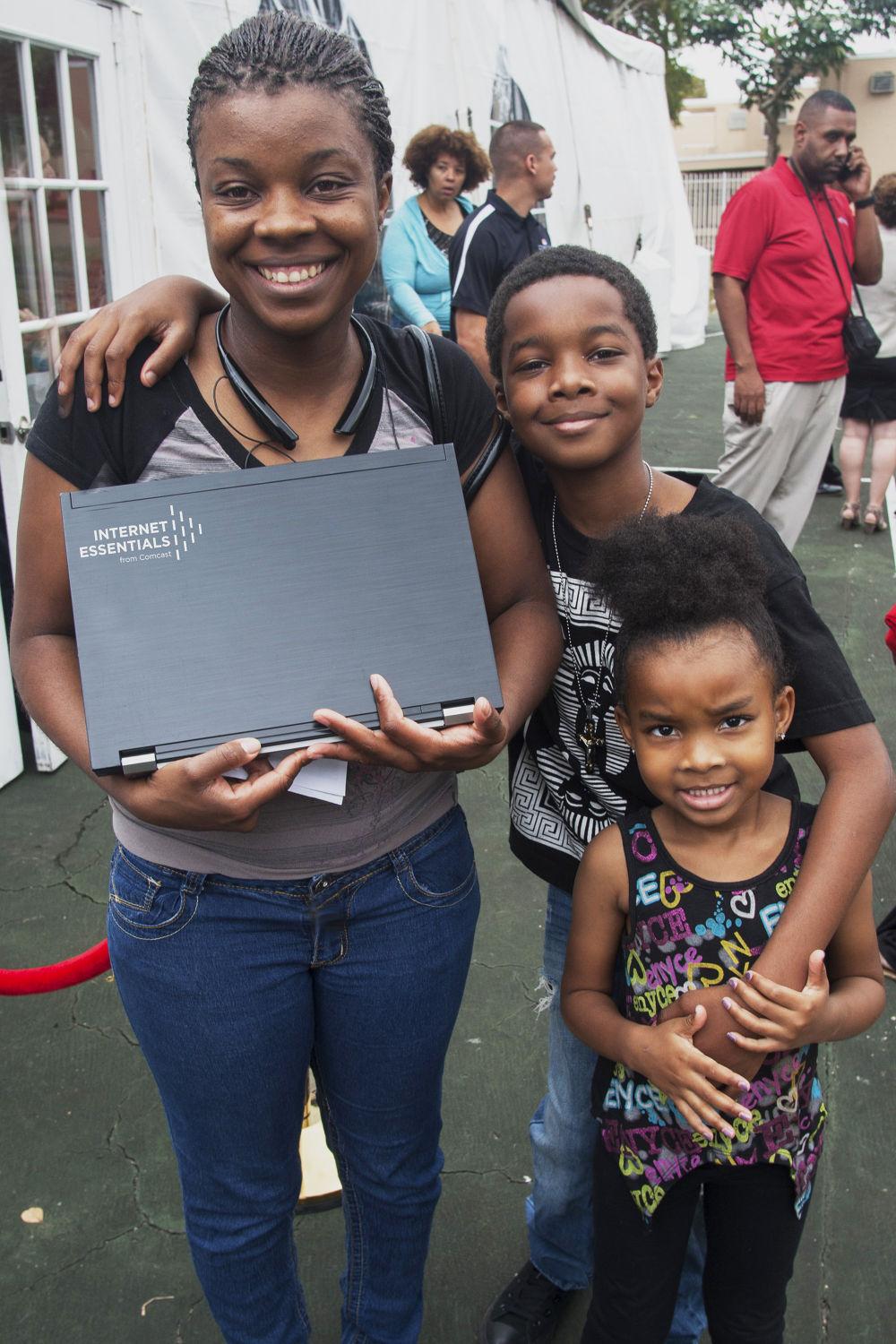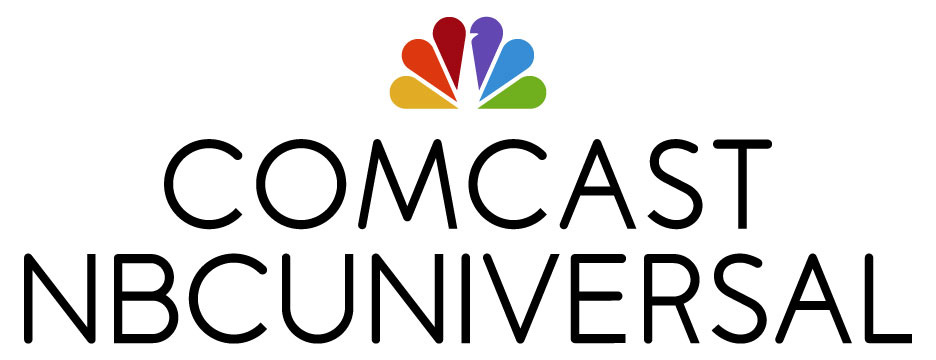Bridging the Digital Divide for HUD Residents
Ismael Guerrero hears the stories every day. For the executive director of the Denver Housing Authority (DHA), it’s all part of his world.
The single mother using the free WiFi at a fast food restaurant to search for a higher-paying job. The kids who stay in the computer lab for hours after school to complete their homework. The family that shares a single smartphone.
“The people we serve are very resourceful in terms of what they will do to try and overcome the barriers in front of them,” Ismael says. “But as they try to lift themselves up and improve their situation, they’re facing some real challenges.”
FOCUSING ON THE ESSENTIALS
Food, clothing, and shelter may still be the basic needs for survival, but Ismael is acutely aware that in our modern world, access to technology and the internet isn’t far behind.
“We often say that time is money, but those two things — time and money — are what the people we serve have the least,” Ismael says. “If you’re a single mother with two kids, working two jobs and trying to get your GED, how are you going to find time to work toward better opportunities if you don’t have an internet connection?”
That is the digital divide. And it’s the difference between getting ahead and falling further behind for millions of Americans. Reliable, affordable high-speed internet access is precisely what Comcast’s Internet Essentials — the largest and most successful broadband adoption program in the country — has delivered for more than 3 million low-income individuals since its launch in 2011.
In 2016 we redoubled our efforts. Legendary Olympic champion Jackie Joyner-Kersee joined us as the national spokesperson for Internet Essentials, helping us reach even more people. For Jackie, who has long been active in community development efforts in East St. Louis, Illinois, the mission of Internet Essentials struck a chord close to home.
“What Comcast is doing is crucial,” Jackie says. “If you don’t give people — especially young people — the tools to develop their own potential, then we are talking about a whole generation that can be lost or that might think it has no value. But these people do have value and great potential, and they deserve the opportunity to prove it.”
We also expanded Internet Essentials to hundreds of thousands of households receiving federal housing assistance. In collaboration with the U.S. Department of Housing and Urban Development’s (HUD) ConnectHome initiative, we reached out to low-income individuals and families in 15 cities, including Denver.
“We’re grateful to Comcast for joining the ConnectHome initiative,” former HUD Secretary Julian Castro said when the partnership was announced. “[ConnectHome] has the potential to transform the lives of hundreds of thousands of kids across the nation by giving them the tools to reach their full potential.”
A MILE HIGH AND RISING
For Ismael, the digital divide is like a river. And it’s all about how easily someone can get across to opportunities on the other side.
“You can wade over and hope you don’t get swept by the current, or you can walk 20 miles to get around it,” Ismael says. “But if somebody builds a bridge, you can just walk across and devote your energy and focus where it needs to be instead of worrying about how to get across the river.”
Of course, access alone is only one part of the equation. That’s why Comcast also donated $100,000 in 2016 to help make major upgrades to five technology hubs located in DHA opportunity centers. With more than 26,000 low-income individuals (representing more than 10,000 families) served by DHA, that can have a huge impact.
Whether it’s making it easier for single moms to seek better opportunities, enabling kids to keep up with classmates, or helping seniors stay better connected to family through technology and social media, Ismael says, the efforts are paying dividends.
“Our partnership with Comcast really helps remove barriers,” Ismael says. “Internet Essentials is such a critical part of making it easier for families to be successful in improving their situation. It’s giving them access to what is on the other side of that digital bridge.”





